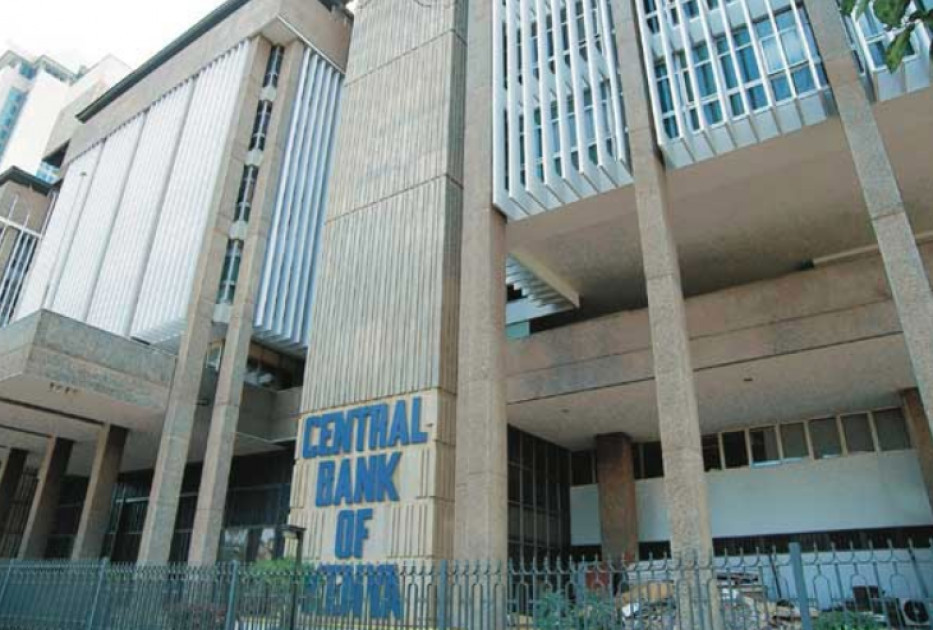Kenya’s foreign currency reserves breach lower limit

Kenya’s
foreign exchange reserves which are held at the Central Bank of Kenya (CBK) have
fallen below an equivalent four and a half months of import cover to breach the
first lower limit.
New
data from CBK shows the official reserves cratered to Ksh.916.2 billion ($7.727
billion) this week from Ksh.943 billion ($7.953 billion) in the previous week.
The
current reserves are representative of 4.46 months of the country’s import
demand and are below the prescribed 4.5 months cover recommended by the East
Africa Community (EAC) convergence criteria.
The
reserves which are mostly dollar denominated describe assets held by the CBK in
foreign currencies act as buffers to potential external shocks for the country.
The
reserves which may also include assets such as gold and special drawing rights
(SDRs) have declined by 12.4 per cent in the year so far, coming of highs off Ksh.1.045
trillion ($8.817) at the close of 2021.
The
fall in the official reserves has coincided with the weakening of the Kenya
Shilling which has shed 4.9 per cent in the year to date against the US dollar.
CBK
taps the reserves to meet an array of settlements including external debt
service.
At
the same time, the reserve bank often sells unspecified amount of dollars from
the reserves pool to cushion the Shilling by increasing the amount of dollars
circulating in the inter-bank and money markets.
CBK’s
official reserves nevertheless remain above the government’s target of
maintaining reserves equivalent toat least four months of the country’s import demand.
According
to the CBK, the foreign exchange market in Kenya has remained relatively stable
in spite of significant volatility at the global stage which has been exacerbated
recently by uncertainties’ that have followed the Russia-Ukraine conflict.
“The
foreign exchange market in Kenya remained relatively stable supported mainly by
improvements in receipts from exports as well as strong diaspora remittances,”
CBK said in its latest bi-annual Monetary Policy Committee (MPC) report.
“Nevertheless,
the rising import bill with regard to oil and other intermediate goods exerted
moderate pressure.”
The
rising import bill has served to stretch Kenya’s current account deficit which
is now projected to end the year at an equivalent 5.9 per cent of GDP.
A
wider current account deficit has in part been attributed to the Shilling’s
year to date losses even as the US dollar strengthens against all other major
world currencies.
Kenya’s
official reserves are however set to be replenished by expected eternal
financing disbursements including the recently approved Ksh.28 billion loan
from the International Monetary Fund (IMF).
At the same time, Kenya is seeking an estimated Ksh.130.4 billion ($1.1 billion) from a syndicated loan whose disbursement is expected within the opening months of the 2022/23 fiscal year.
Ksh.118.57=$1
Want to send us a story? SMS to 25170 or WhatsApp 0743570000 or Submit on Citizen Digital or email wananchi@royalmedia.co.ke
Comments
No comments yet.


Leave a Comment